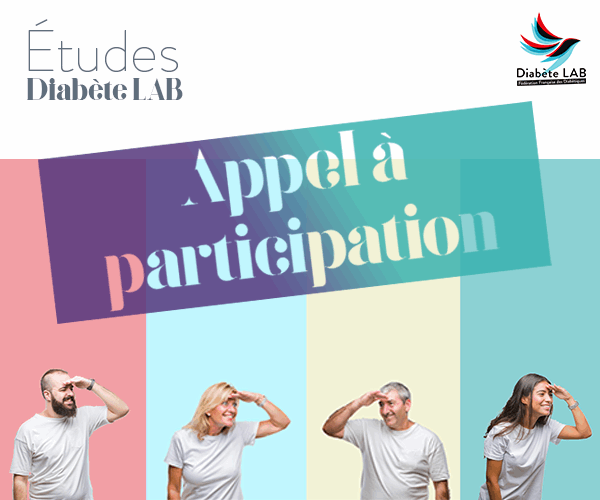- Domaines || de recherche
- Recherche Translationnelle
- Médecine translationnelle transversale (MTT)
- Centre opérationnel de médecine translationnelle (TMOH)
- Service Gestion de projets cliniques (CPMO)
- Centre d'investigation clinique & épidémiologique
- Centre de recherche clinique & translationnelle du Luxembourg (LCTR)
- Centre de compétence méthodologie & statistiques (CCMS)
- Biobanque intégrée du Luxembourg (IBBL)
- Plateforme de modélisation & de dépistage des maladies (DMSP)
- Centre du génome Luxgen
- Plateforme de recherche en pathologie (RPP)
- Projets de Recherche
et essais cliniquesSoutenez-nous - Recherche Translationnelle
Communiqué de press
Joint research project: Shoe cushioning as a possible risk factor for running injuries?
26 octobre 2020
5minutes

Running is good for your health. Medical experts and the general public agree on this. Running is good for both the body and the mind, prevents falling ill, reduces stress and keeps you in shape. It therefore comes as no surprise that running is one of the most popular sports. Yet despite all these benefits, it also leads to a relatively high number of injuries, especially to the lower limbs. A joint research project between the Luxembourg Institute of Health (LIH) and the Decathlon SportsLab has been developed in order to study the role of the cushioning system of running shoes in injury prevention, but also other risk factors that contribute to running-related injuries.
The randomised controlled trial was carried out in Luxembourg by the LIH and involved 848 healthy recreational runners. The study examined the following aspects: 1. the effect of shoe cushioning on the risk of injury; 2. the influence of body mass on the risk of injury; 3. the role of body mass in the relationship between shoe cushioning and the risk of injury; 4. the influence of shoe cushioning on the biomechanics of running; 5. the biomechanical factors associated with the risk of injury; and 6. the influence of body weight on the biomechanics of running. The results published to date cover the first four aspects.
SHOES DIFFERED ONLY IN THEIR CUSHIONING PROPERTIES
Participants were randomly assigned one of two prototype shoes, which differed only in their cushioning properties, and were tested at their preferred running speed on a treadmill equipped with force plates at the beginning of the study. All participants were then asked to continue their usual running practice for six months and to record all training activities and injuries – i.e. all physical pains that reduced or interrupted running for at least seven days – in the « TIPPS » (Training and Injury Prevention Platform for Sport) system.
848 RUNNERS COVERED 220,014 KM OVER SIX MONTHS.
The 848 recreational runners completed 24,170 race sessions. In total, 220,014 km were run in the running shoes provided by the study. The average body mass was 78,2 kg in men and 62,8 kg in women. Over a six-month period, 128 participants (15%) reported at least one running-related injury to the TIPPS system. There was an incidence rate of 5.7 injuries per 1,000 hours of running. Ankles (26%), knees (22%) and lower legs (18%) were the most affected. Tendon inflammation (48%) and muscle injuries (19%) were the most common types of pathology.
SHOE CUSHIONING INFLUENCES THE RISK OF INJURY
The study showed that the runners who received the stiff version of the running shoes had a significantly higher risk of injury. However, the mass of the participants did not directly influence the risk of injury. No significant association was found between body mass index or body fat percentage and risk of injury. However, the results revealed that lighter joggers were at higher risk of injury with stiff running shoes, whereas no such effect was observed in heavier runners, contrary to what one would normally expect. It can therefore be concluded that lighter runners should use more shock-absorbing footwear.
HIGHER VERTICAL IMPACT FORCE WITH SOFTER CUSHIONING
The study also revealed that the maximum vertical impact force during running, generally considered to be a risk factor for injury, was higher in the group running with the softer version than in the comparison group. However, the running biomechanics tests carried out in the laboratory did not reveal any differences in the impact load between the two types of shoes. As the risk of injury was lower in the group running with the softer shoes, the study concluded that the beneficial effect of increased cushioning is therefore not due to a decrease in impact force and loading rate.
AN IMPORTANT HEALTH ISSUE FOR THE GENERAL PUBLIC
« As a public research institution, our institute deals with health issues that are important to the general public. As running is a popular sport, we are pleased to be able to contribute to the clarification of risk factors for running-related injuries through this study, » says Laurent Malisoux, Physical Activity, Sport & Health research group, Department of Population Health, LIH. « We hope that the results of our joint research project can make a lasting contribution to injury prevention, » continues Laurent Malisoux.
« The work of the Decathlon SportsLab focuses both on the protection of athletes and on improving their performance. The scientific results of studies such as this one are integrated into the development of our sports equipment, thus supporting sportsmen and women around the world in their physical activities », explains Nicolas Delattre, Decathlon SportsLab, Movement Sciences Department.
Read the full report of the study:
Further analyses of all the data collected during the study are underway.
ABOUT THE LUXEMBOURG INSTITUTE OF HEALTH: RESEARCH DEDICATED TO LIFE
The Luxembourg Institute of Health (LIH) is a public research organization at the forefront of biomedical sciences. With its strong expertise in population health, oncology, infection and immunity as well as storage and handling of biological samples, its research activities impact on people’s health. At LIH, devoted scientists investigate disease mechanisms to develop new diagnostics, innovative therapies and effective tools to implement personalized medicine.
ABOUT DECATHLON SPORTSLAB
Decathlon SportsLab, research center focused on the athlete’s body, supports the development of Decathlon products. Research engineers investigate sensorial, physiological and physical phenomenon in athletes during their practice, in laboratories as well as on the field. Their scientific expertise focusses on athlete’s protection and performance improvement.
Press releases
Full report of the study
Scientific Contact
Press Contact









